Search By Keyword In Your City, State or Zip Code
Sports Injury Therapy in Frisco, Texas
Texas Muscle Activation
000-000-0000

8380 Warren Pkwy #702 Frisco TX 75034
Business Description
If you are in need of successful non-surgical pain therapies in Frisco, TX, call on Texas Muscle Activation. Established in 2016, for many years we have offered a wide range of services including Injury Therapy, Spinal Decompression, Muscle Activation and much more. If you're having neck or back pain, dealing with a lingering injury or tired of the shots and surgery offered by doctors, call on Texas Muscle Activation located in Frisco, TX, we are committed to providing our customers with the highest quality of service.
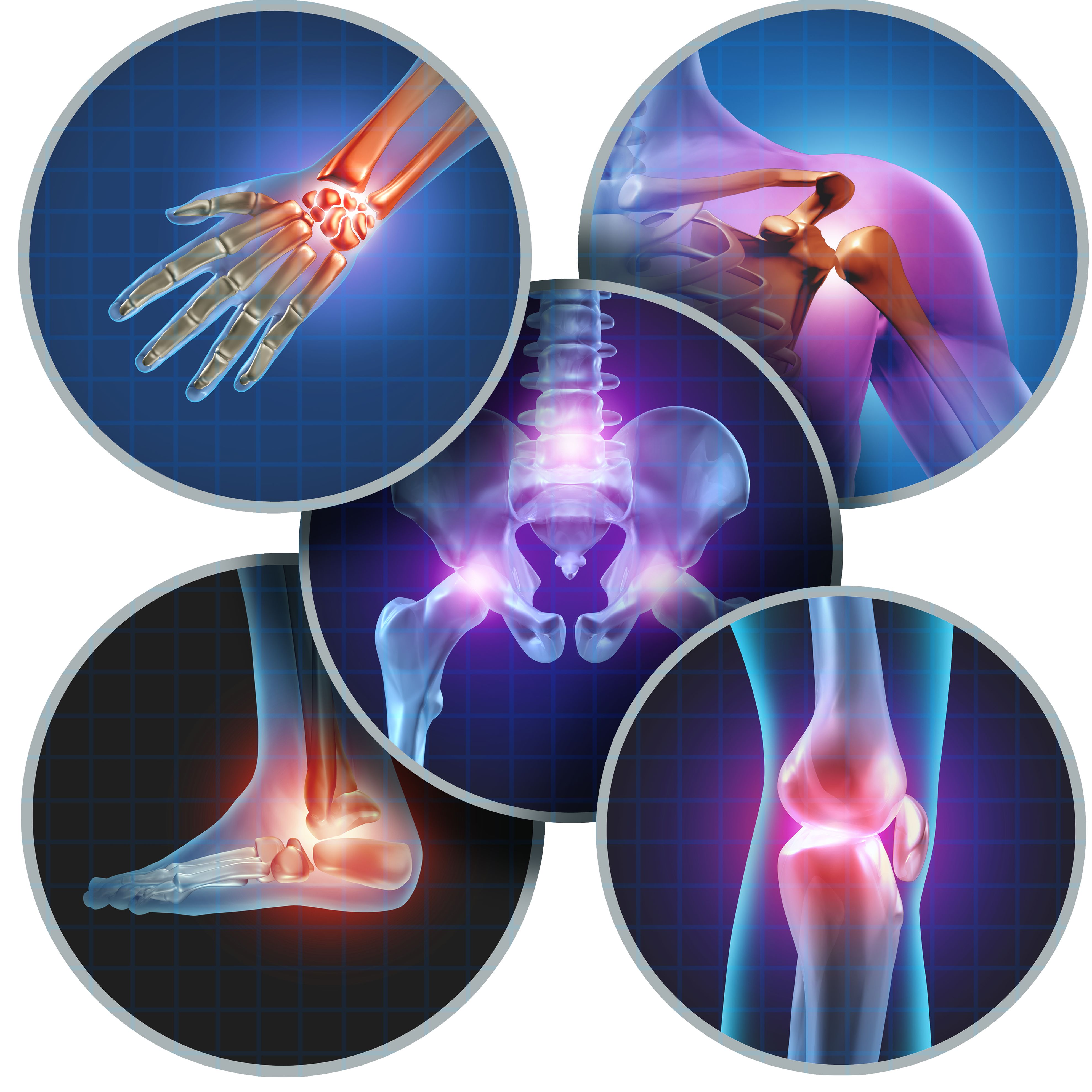
Mission Statement
Texas Muscle Activation strives to provide the highest level of service with each of our patients. We have focused our skills to help thousands of people each year become pain free. TMA will provide the ongoing care for you and your family to live a pain free lifestyle for years to come.
About Jason Brown/Our Practice
Jason Brown, BS, MA, NASM - owner of Texas Muscle Activation - is an experienced biomechanics specialist with extensive knowledge and proficiency of the muscular system. His 18 years of experience in the industry (as a Cooper Institute instructor, educator, magazine contributor) has lead to development of his own unique approach to muscle therapy. In 2008, he opened his own practice in Plano and has since expanded his practice and services into the fast-growing, affluent city of Frisco.
By integrating individualized manual muscle therapy with advanced mechanical treatments (including Muscle Activation, Non-Surgical Spinal Decompression, repetitive motion therapy, K4 Laser, Game Ready Cryo Ice Therapy, and Piezo Wave 2 Muscle Therapy), Jason has given clients with muscular injuries and chronic pain the opportunity to return to physical activity, games and a normal life. He works closely in conjunction with chiropractors and physicians to offer a multi-disciplinary approach to muscle injury, muscle imbalance and pain.
Jason’s knowledge of biomechanics and the muscular system has helped get individuals back in the game by minimizing the healing time from injury, pain and tightness. He works with clients (from athletes to everyday people, adults to adolescents) who want to improve their function, correct muscular imbalance, or address that reoccurring injury and pain.
1) Non-surgical Spinal Decompression
The Hill DT spinal decompression table employs sophisticated load sensor technology which constantly measures and monitors the treatment force and patient-resistance of every treatment. At a rate of over 10,000 pulses per millimeter, the table senses the patient’s approaching threshold and reduces the pull, allowing the table to provide low-force, smooth decompression in a completely different class from cable-based systems.
The HillDT table’s technology means dramatically better outcomes because the patient experiences far less muscle-guarding than with other designs. In most cases, the patient is able to painlessly leave the table within seconds and with very little soreness to follow.
Pain in the spine is one of the most common complaints seen in patients. This type of pain can be so bad, that it limits you from your mobility and your everyday lifestyle. Back surgery is one of the costliest surgeries and can take months to fully recover from. But, there is an alternative way to help take away your back pain and it is by the use of a Decompression Table.
This non-invasive therapy is used to help fix herniated discs and address a number of lumbar and cervical spinal issues. It provides a gentle decompression of the disc through the use of the decompression table. This kind of therapy has a 91 percent fix rate within the first 20-24 treatments and does not require any form of surgery on your body.
By the use of a computer, the program works by calculating the moving sections of the machine to target the specific sections of the spine to correct and relieve symptoms of herniated discs, facet syndrome and failed back surgeries. While lying flat on the table, the system takes you through movements the compress and release your spine. During the treatment, the table calculates your body tension with over
Why Decompression?
The technology within this program has proven that discs and nerves can be effectively decompressed in a non-surgical way and it has also confirmed that disc rehydration is achieved in degenerative discs through decompression. But the most important reason why decompression is better for you, is that it allows high-risk patients different options if they are wanting to avoid the cost and actual surgery to correct their spinal pains.
Why Our Decompression Tables Are Different?
At Texas Muscle Activation, we use the Hill Decompression Therapy Table. This table continuously measures each individual patient with over 10,000 sensors per millisecond of movement to prevent the muscular system from tightening up for your safety. TMA is the only carrier of these two tables in the North Texas area.
Who are the Best Candidates for Decompression?
Those with:
Herniated Discs
Degenerative Disc Disease
Facet Syndrome
Failed Back Surgery
Failure to improve with two non-operative measures
Chronic neck and/or back pain
The Effect on the Spine
During a spinal decompression therapy treatment, the patient is set up on a machine that pulls and relaxes on a targeted area of the back. The gentle expansion of the spine decompresses the discs between each vertebra by creating negative pressure within the disc. This pulls ruptured or herniated disc material back inside of the disc, as well as fluids and nutrients that promote accelerated healing. Disc problems are often the underlying cause of common back conditions such as sciatica and nerve compression in other areas of the spine, which can be resistant to treatment. Non-surgical spinal decompression is therefore extremely valuable in treating chronic back pain due to its ability to effectively treat the source of the condition and its low risk in comparison to invasive and drug-based treatments.
Technology
Spinal decompression therapy is often associated with spinal traction, and while there are similarities between the treatments, the technology behind decompression therapy sets it apart and gives it distinct advantages over both manual and mechanical traction.
Spinal decompression tables are equipped with computerized controls and mechanisms, including sensors that measure resistance in the patient’s body during treatment. This helps to prevent guarding, or muscle tensing and contractions, that can actually exacerbate back pain, rather than relieving it.
There are several different types of decompression tables. A few key differences are:
Patient Position: Some decompression tables position the patient in a supine position, others prone. Positioning may affect patient comfort as well as the effectiveness of the treatment and the ability to target certain areas of the spine.
Pull Source: A number of decompression tables use cable-based systems, similar to some traction tables, while others use a mechanized table structure to gently decompress the spine.
Treatment Protocol
One of the reasons spinal decompression therapy is so effective is its adaptability to each patient. Depending on the condition being treated, age, health, pain levels, and other factors, a doctor or other healthcare professional administering non-surgical spinal decompression can tailor the treatment to minimize discomfort and work towards lasting healing. The magnitude of the pulling force, duration of the treatment, and targeted area can all be changed to provide optimal outcomes for each patient.
Because the treatment relies on gradually and gently decompressing intervertebral discs, patients often begin to experience results such as pain reduction and increased mobility only after several visits, though practitioners have reported shorter-term results, especially for acute conditions. In addition, after completing a targeted treatment protocol, patients may require follow-up treatments for pain management.
Though it’s a relatively new treatment, non-surgical spinal decompression has proven its value through research and real-world results. The treatment marries extensive knowledge of the human body and spinal ailments and innovative medical technology to address hard-to-treat conditions; and that, in a nutshell, is how spinal decompression therapy works.
2) Muscle Activation
Muscle Activation (MA) looks at muscle tightness as a form of protection in the body. Weak or inhibited muscles can create the need for other muscles to tighten up in order to help stabilize the joints. MA gets to the root of pain or injury by addressing muscle weakness rather than muscle tightness. This helps to restore normal body alignment, thereby, decreasing pain and reducing the risk of injury.
Bridging the Gap Between Fitness and Rehabilitation
This Innovative therapy enables you a new lease on your active lifestyle. With Muscle Activation, you can return to the golf course, tennis court, ski slopes or athletic field with renewed strength and without pain. With MA, athletes of all ages will perform at a higher level without injury, allowing them to “stay in the game”.
Muscle Activation will give you one-on-one personal attention with a certified specialist identifying your specific muscle weaknesses and addressing inflammation with the most advanced therapies available.
For a more simplistic approach to understanding muscle function, compare the body to a car. The initiation of a muscle contraction occurs similarly to the way a battery initiates the starting of a car. Both rely on connections that transfer electrical energy to produce a reaction. Our nerves that run from the spinal cord to the muscle are just like the cables that run from the ignition and connect to the battery. When the key is turned in the ignition, the impulses transfer through the cables to the battery allowing the car to start. Similarly, in the body, when a message is sent from the brain, the input is transferred through the nerves to the muscles creating muscle contraction. Each muscle is independently innervated, therefore it can be seen as having many batteries, each connected by its own independent cables. When the body is functioning properly, with all batteries connected, each muscle will contract on demand and the body will function very efficiently.
Many times, due to factors such as stress, trauma or overuse, the neurological connections may become altered creating a reaction in the body, similar to that of loose battery cables in your car. When the brain sends a message for a muscle to contract, the muscle does not respond immediately, creating increased demand on other muscles to perform the desired movement. The result becomes what we know as compensation. Over time, these compensation patterns create altered alignment in the joint, leading to joint instability and abnormal wear on the joint surfaces. The end result becomes pain and eventually osteoarthritis. This progressive degeneration has been correlated with aging. If identified and properly addressed, it does not have to occur.
Muscle Activation can slow down or even reverse the aging process. If it is recognized that muscles are designed to stabilize and support the joints naturally; it must be understood that arthritic conditions and joint instability can be helped or prevented when muscles are prepared to function properly. All that is needed is to create proper connections between the brain and the muscles. Muscle Activation does this. It provides the ability for the body to function the way it was designed to function. Just like with a dead battery, the muscles must be jumpstarted and the cables must be tightened before the muscle will function properly. In simplistic terms, through Muscle Activation, muscles that have improper neurological connections are identified, then jumpstarted; creating the ability for the muscles to stabilize the joints and reduce the joint stresses that lead to arthritic conditions. That is when the body becomes efficient and the related aches and pains are deterred.
3) K-4 Laser Therapy
Chronic pain is one of the most prevalent, debilitating conditions in the world, a ecting 100 million adults in the US, according to the Institute of Medicine, costing the nation up to $635 billion each year in medical treatment and lost productivity. Unfortunately, the primary treatment options for chronic pain are surgery or heavy (and addictive) medications.
Fortunately, there is now another option—natural pain relief that also promotes healing.
What is this miracle treatment? It’s K-Laser, Class IV laser therapy that uses red and near-infrared wavelengths of laser light to induce a therapeutic e ect at a cellular level. The results?
• Increased circulation
• Decreased swelling and in ammation
• Reduced pain
• Enhanced tissue repair
In 1916, Einstein suggested that lasers could provide bene ts to the human body. He was right. In 1967, lasers were rst used in medicine, with good success. Laser treatment was approved in Europe in the 1970s and in the US in 2002.
Now, K-Laser is the preferred choice for thousands of practitioners worldwide.
High power laser therapy can stimulate all cell types including muscle, ligament, cartilage, nerves, etc., so a number of conditions can be treated by high power laser therapy.
Some of conditions that may typically be treated by high power laser therapy include: • Peripheral Neuropathy, Fibromyalgia
• Back and Neck Pain
• Sciatic Pain
• Arthritis pain, Degenerative Discs/Joints • Carpal Tunnel Syndrome
• Knee Problems
• Tendinitis, Trigger Fingers
• Bunion Pains, Plantar Fasciitis • Sprains and/or Strains
• Athletic Injuries
• Bruises, Contusions
• Headaches, TMJ, Sinus Trouble
4) Piezo Wave 2 Muscle And Tendon Therapy
Many types of focused soundwaves have been used in the eld of medicine with great success for more than 20 years. Based on a high level of evidence, Richard Wolf GmbH – a manufacturer of lithotripsy (ESWL) and orthopaedic (ESWT) devices – has specfically designed Piezo therapy sources to generate low energy/low pressure applications for the treatment of myofascial and musculoskeletal pain.
Acoustic pressure waves are mechanical waves that result from the back-and-forth vibration of the particles of the medium through which the sound wave is moving. A MyACT single pressure wave is characterized by an acoustic pulse with a spatial expansion and a very short rise time of only a few nanoseconds. After a few microseconds, the rise is followed by a brief period of negative pressure, after which pressure returns to normal again.
Years of research have shown that mechanical forces including tension and compression greatly influence cellular functions such as gene expression, cell proliferation and differentiation and the secretion of matrix proteins.
Cells use mechanotransduction mechanisms to convert mechanical signals into a cascade of cellular and molecular events.
Tenocytes in tendons, broblasts in ligaments and skin, osteocytes in bone, chondrocytes in articular cartilage, and andendothelial cells in blood vessels are mechano-sensitive and respond to mechanical forces.
Acoustic Compression Therapy’s impact with its pinpointed delivery of mechanical stimuli can generate biochemical events that lead to improved circulation and pain relief — key components in the healing process.
Contact Us today if you are experiencing muscular pain or swelling!
5) Game Ready Isolated Cryo-therapy And Cryofos Spot Therapy
For many, many years, people have followed the RICE principles (Rest–Ice–Compression–Elevation) to control pain and swelling following a musculoskeletal injury or surgery. But with Game Ready, you can do more than treat symptoms. Going beyond passive, static cold and compression applications, the GRPro 2.1 therapy system works actively and dynamically to accelerate and enhance recovery.*
CLINICALLY PROVEN PERFORMANCE
The game-changing GRPro 2.1 integrates intermittent pneumatic compression and cryotherapy to reduce pain and swelling, reduce muscle spasms, enhance lymphatic function, encourage cellular oxygen supply, and stimulate tissue repair – naturally and without narcotics. Compared to traditional RICE applications, the Game Ready System offers more therapeutic benefits.
COLD AND COMPRESSION THERAPY
Cold therapy (cryotherapy) promotes vasoconstriction and reduces blood flow, reduces inflammation and edema (swelling), decreases muscle spasms, decreases metabolic demand, and safely relieves pain without narcotics. Cold therapy is used immediately following acute injury or surgery and as needed thereafter.
INTERMITTENT PNEUMATIC COMPRESSION THERAPY
Intermittent Pneumatic Compression Therapy (IPC) is used to provide even pressure around an injured area, mechanically reducing the amount of space available for swelling to accumulate, thus increasing lymphatic flow, decreasing swelling, and enhancing tissue healing. IPC has been shown to be most effective when combined with cryotherapy.
Serving Area:
Frisco, Plano,tx, Prosper,tx, Mckinney,tx, Dallas,tx, Allen,tx, Lewisville,tx, Little Elm,tx, Carrollton,tx
Counties
Collin, Dallas, Denton
Serving Zip Code:
75034, 75078, 75009, 75024, 75023, 75006
Latitude
33.109704
Longitude
-96.8140358
Year Established
2016
Payments Accepted
Specialties:
Sports Injury Therapy
Spinal Decompression
Chiropractic
Occupational Therapy
Muscle Activation
Pain Recovery Clinic
Decompression Therapy
Nerve Pain
Ankle Pain
Spinal Pain
Injury Therapy
Game Ready Ice
Normatec
Mat
Disc Pain
Laser Therapy
Piezo Wave Therapy
Pain
Sciatic Pain
Inflammation
Read More
Visit Texas Muscle Activation Online
Popular Tags
Sports Injury Therapy Spinal Decompression Chiropractic Occupational Muscle Activation Pain Recovery Clinic Nerve Ankle
Citations
This listing has no public user content.
Texas Muscle Activation Photo Gallery
Updated as of 4/14/2024
Hover over thumbnail to enlarge image

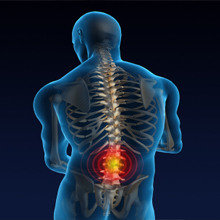
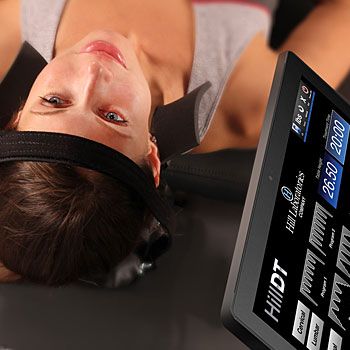
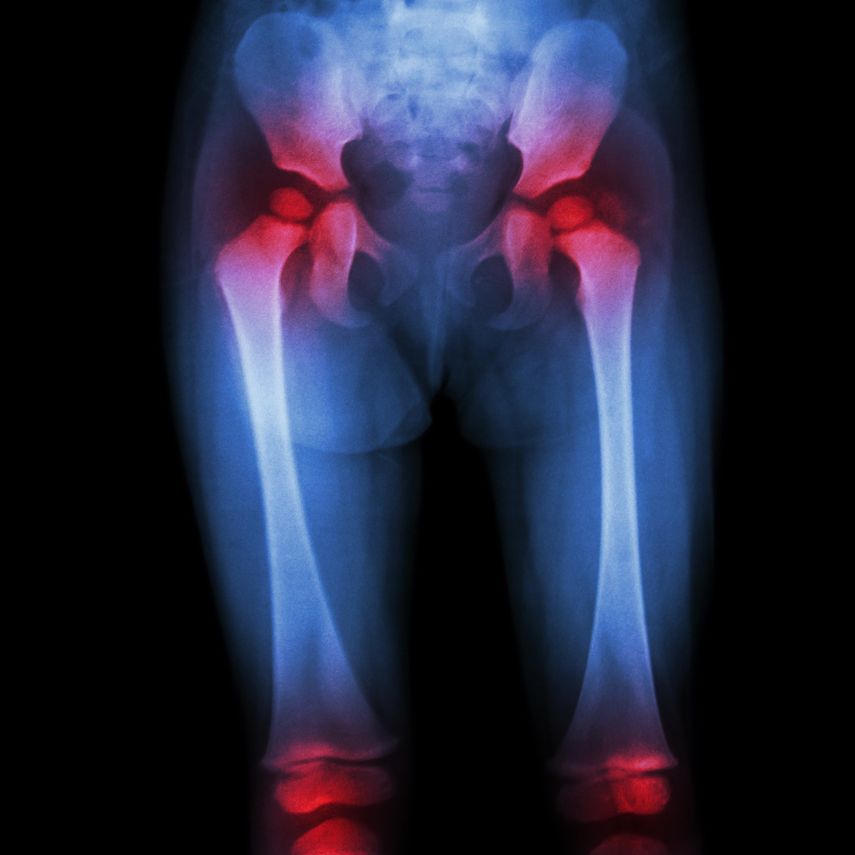
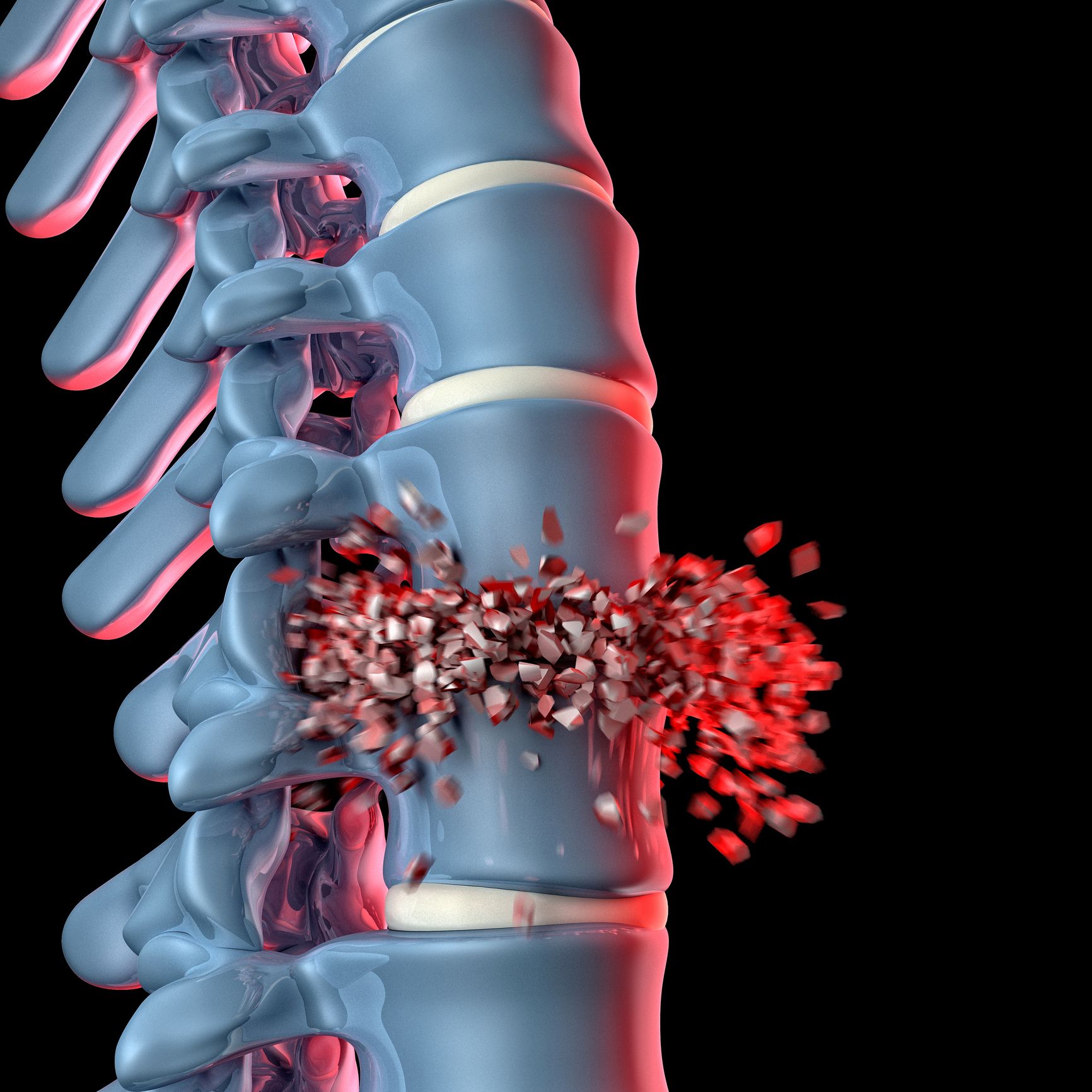
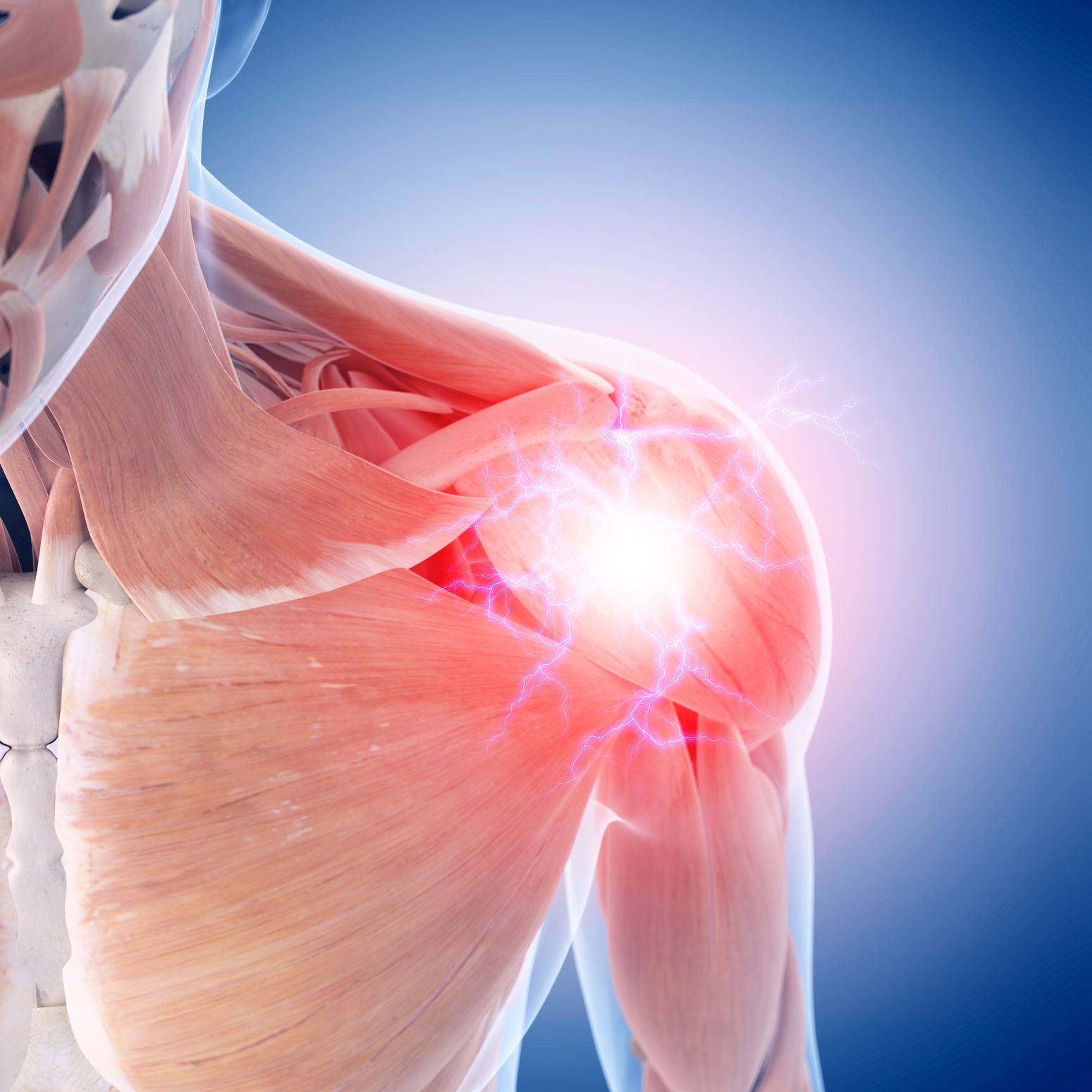
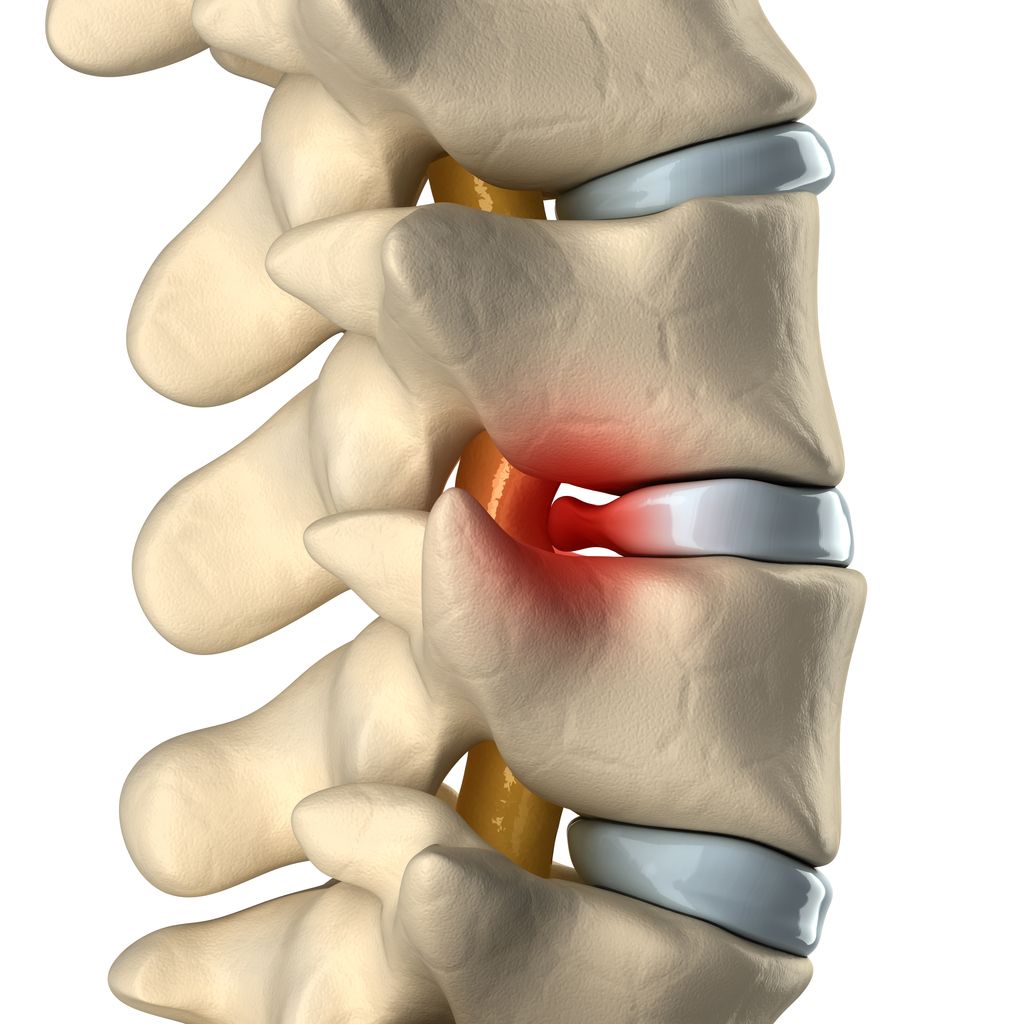
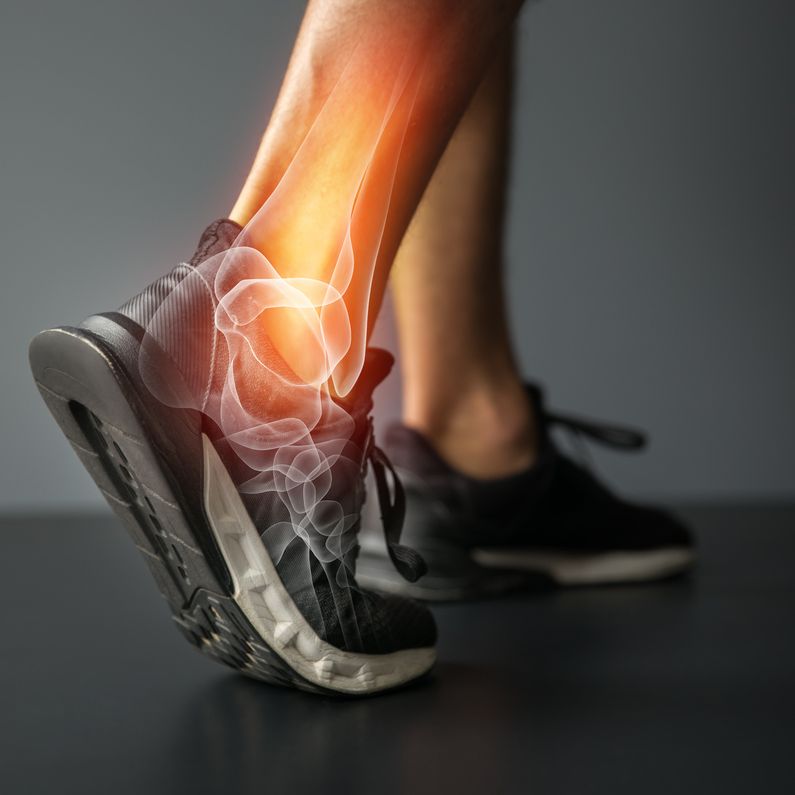

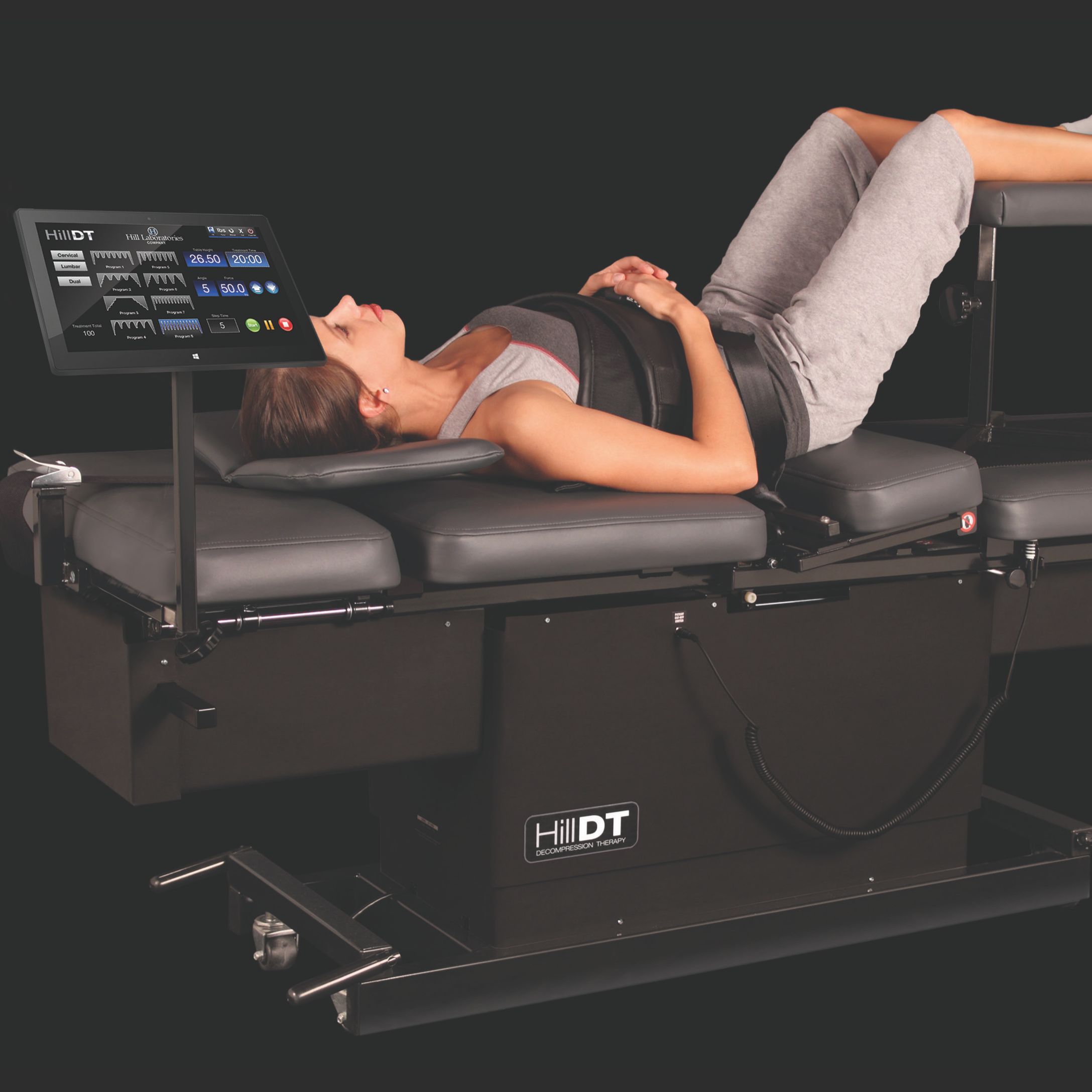
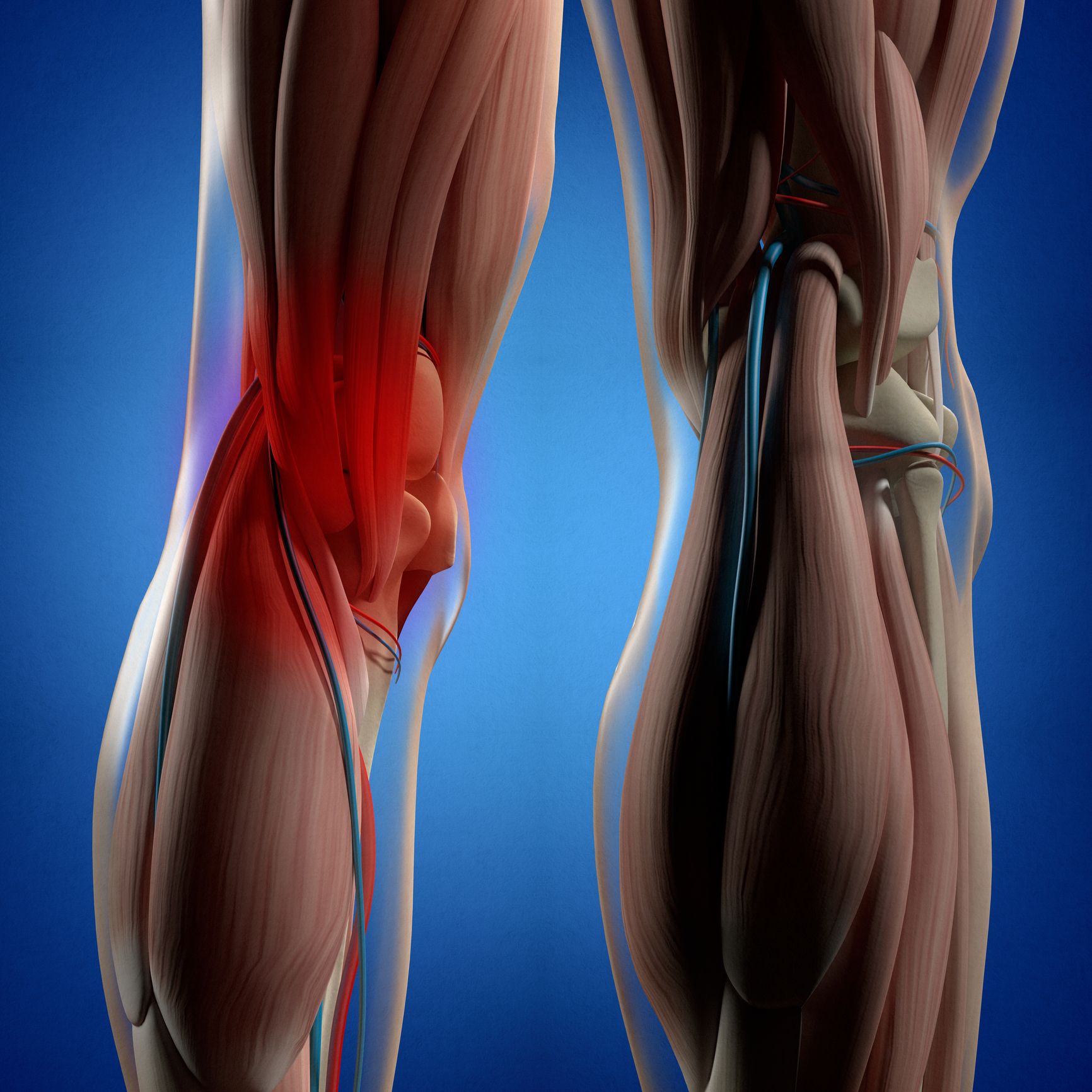
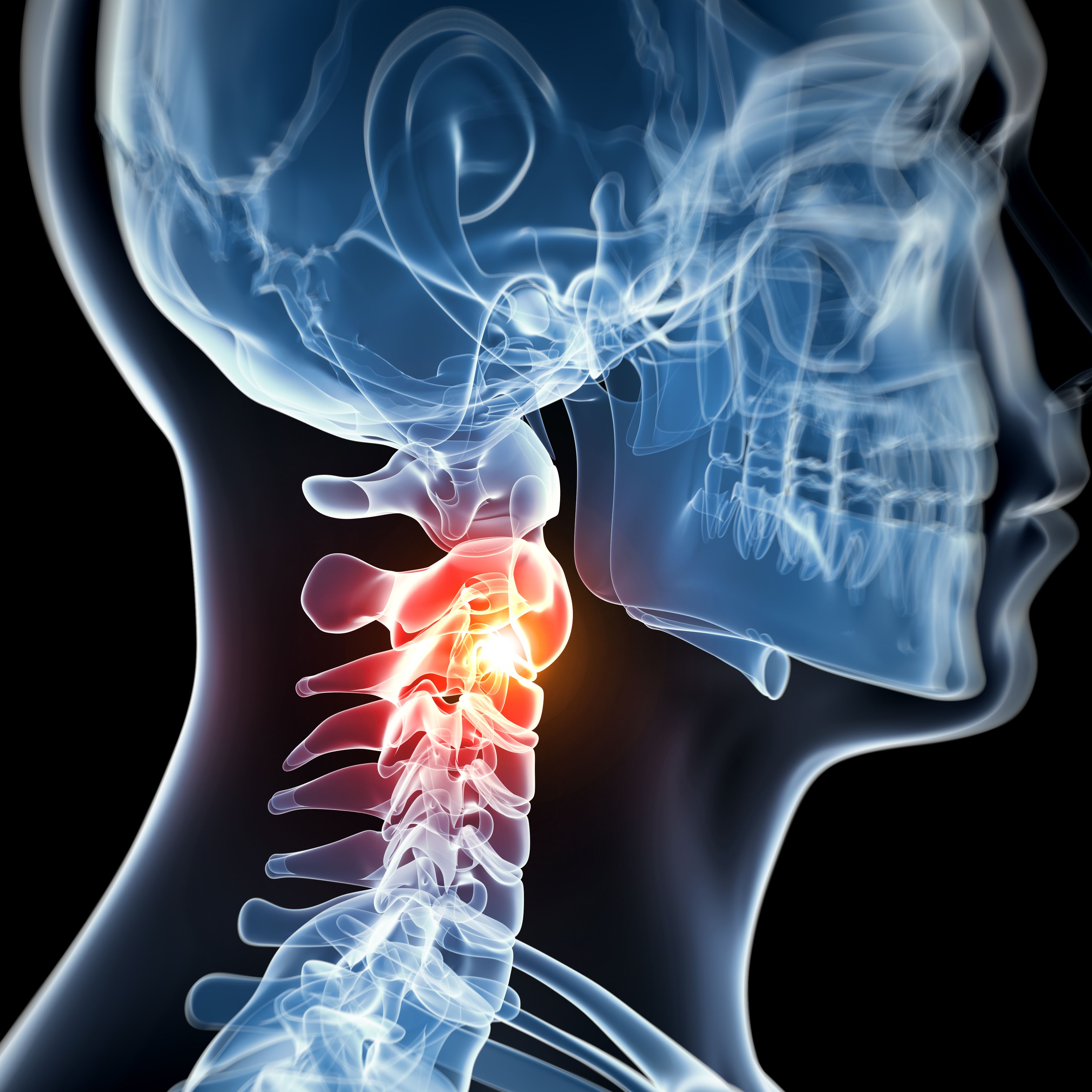
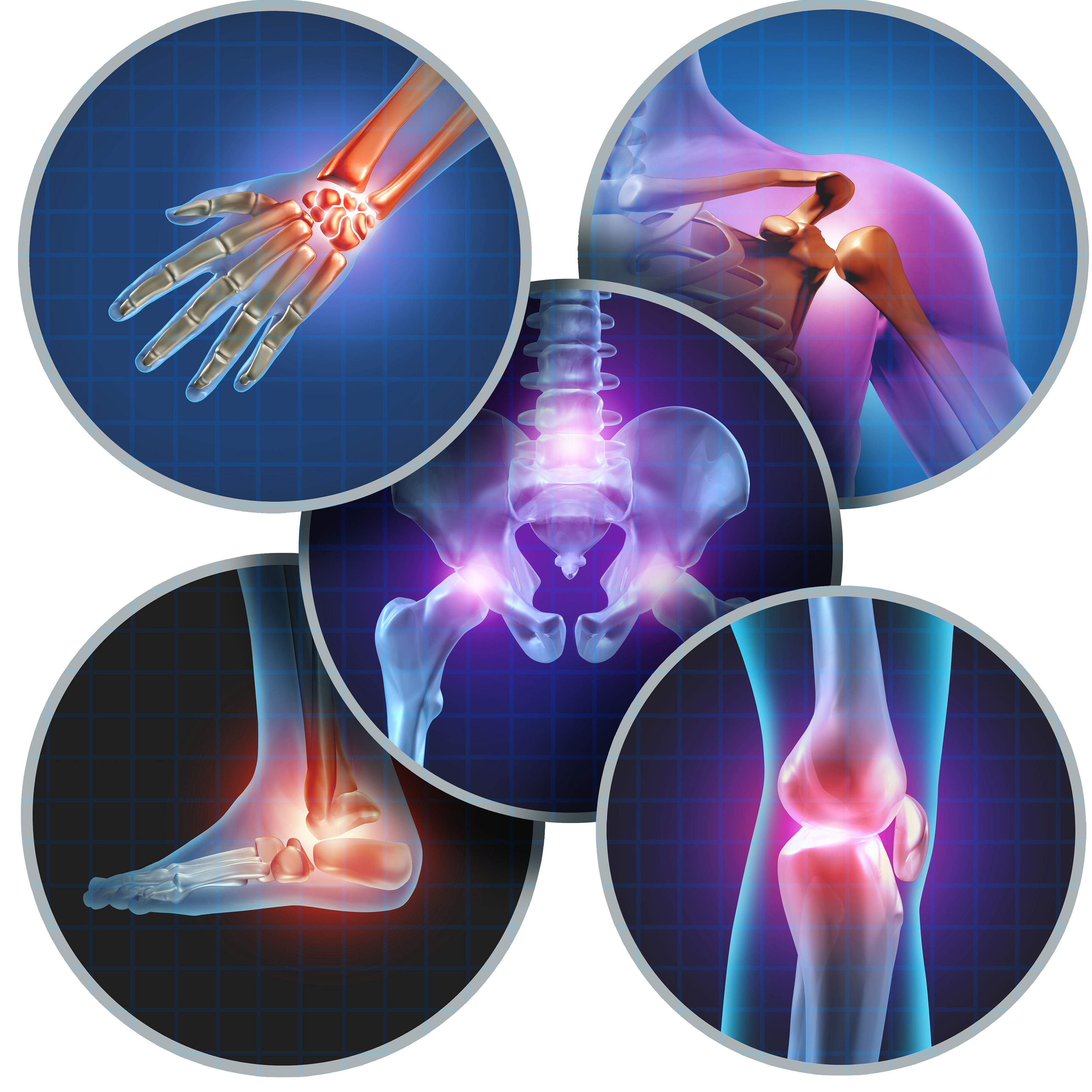
No coupons available at this time
Contact Information
Direct Email Contact
Mailing Address
8380 Warren Pkwy #702
Frisco, TX 75034
Telephone/Fax
000-000-0000

Website
Other Website
Email Contact
jason@texasmuscleactivation.com
You can also email Texas Muscle Activation direct by filling out the form on the right.
Our Hours
| Sunday: | CLOSED |
| Monday: | 8:30AM to 5:30PM |
| Tuesday: | 8:30AM to 5:30PM |
| Wednesday: | 8:30AM to 5:30PM |
| Thursday: | 8:30AM to 5:30PM |
| Friday: | 9:00AM to 12:00PM |
| Saturday: | CLOSED |
Texas Muscle Activation in Frisco, TX has a higher trust score for Sports Injury Therapy than:
 (no reviews)
(no reviews)